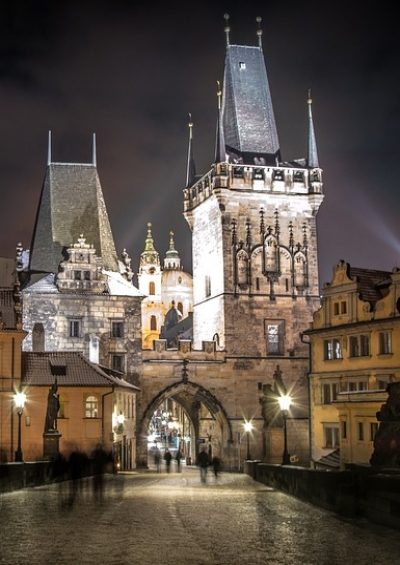Tomas Masaryk: The Background
The story of the man who worked tirelessly for Czech and Slovak autonomy.

Takeaways
- Realizing that his goal of Czech and Slovak autonomy wasn’t going to happen, Tomas Masaryk turned to revolution in 1914, at the age of 64.
- Masaryk's collaborator was his academic protege Edvard Benes, who would succeed him as president in 1935.
- The Czech Legion eventually numbered 100,000 and was a potent tool in Masaryk’s drive for independence.
Masaryk was born in 1850 to a Czech mother and a Slovak father who was a coachman on a Hapsburg estate in Moravia. He rose to be a member of the Austrian parliament and professor of philosophy in Prague.
As time went on, Masaryk became convinced that his long-cherished goal of obtaining Czech and Slovak autonomy within the Austro-Hungarian monarchy wasn’t going to happen. Thus, in 1914, at age 64, Masaryk turned to revolution.
Accused of treason by the Austrian authorities, Masaryk escaped and spent the WWI years in Paris, London, Moscow and Washington. Wherever he went, he methodically built support for an independent Czech and Slovak state.
His collaborator was his academic protege Edvard Benes, who would succeed him as president in 1935. “Without Benes,” Masaryk later wrote, “there would have been no revolution.”
In Russia, Masaryk persuaded czarist authorities to arm Czech prisoners of war who had been captured while serving in the Austrian army. They returned to fight against the Austrians, winning an important battle in Ukraine. The Czech Legion eventually numbered 100,000 and was a potent tool in Masaryk’s drive for independence.



























